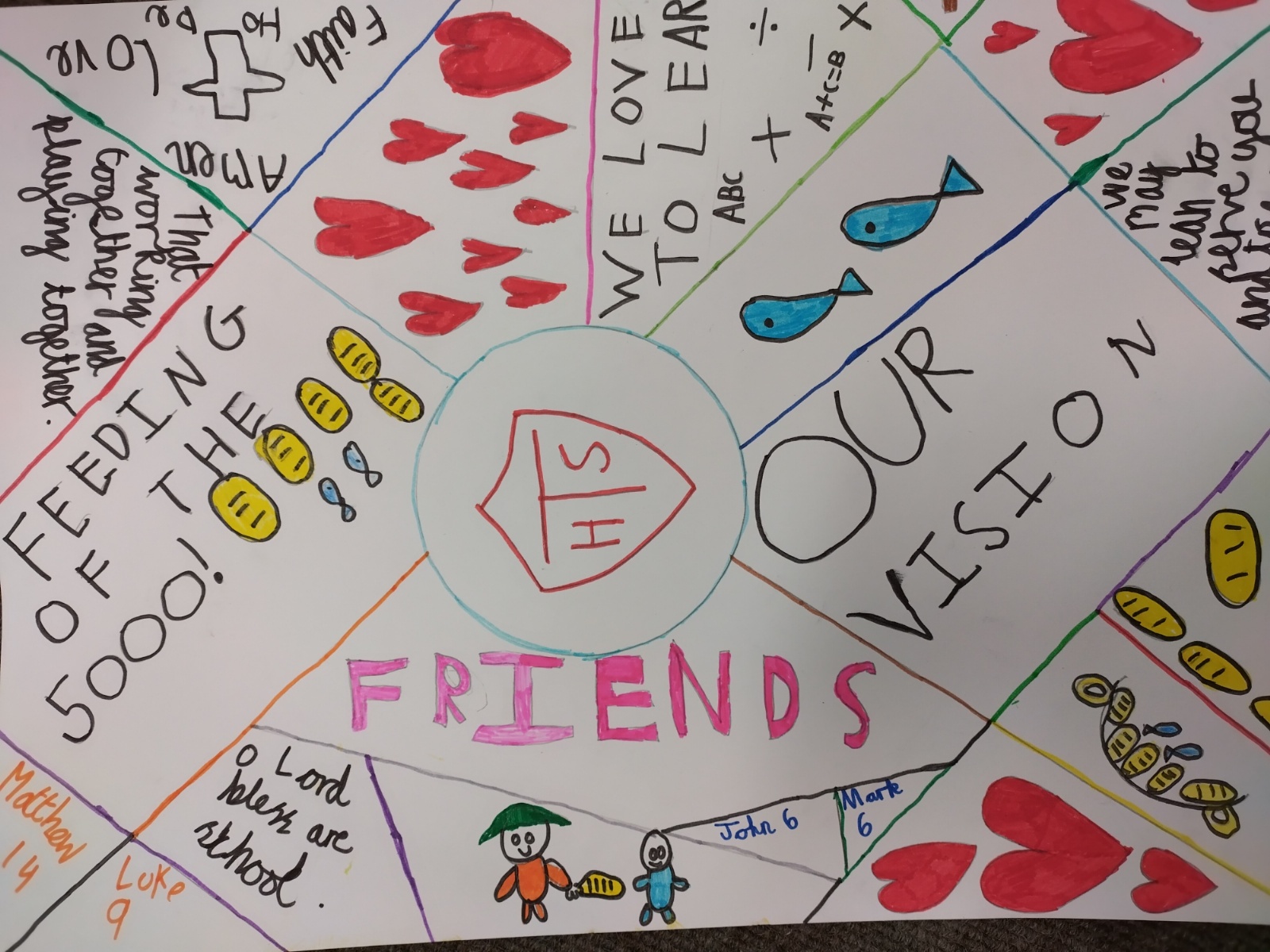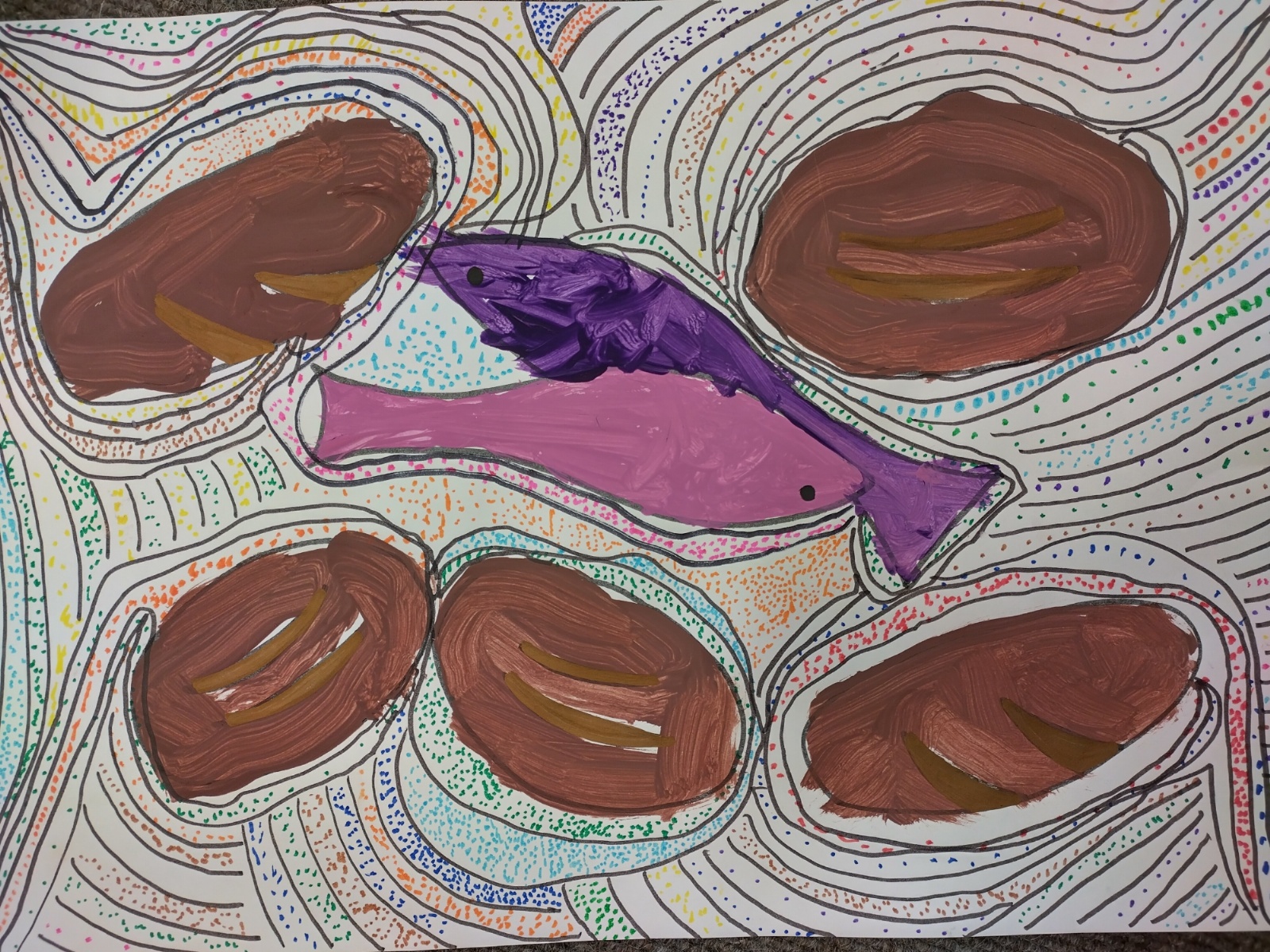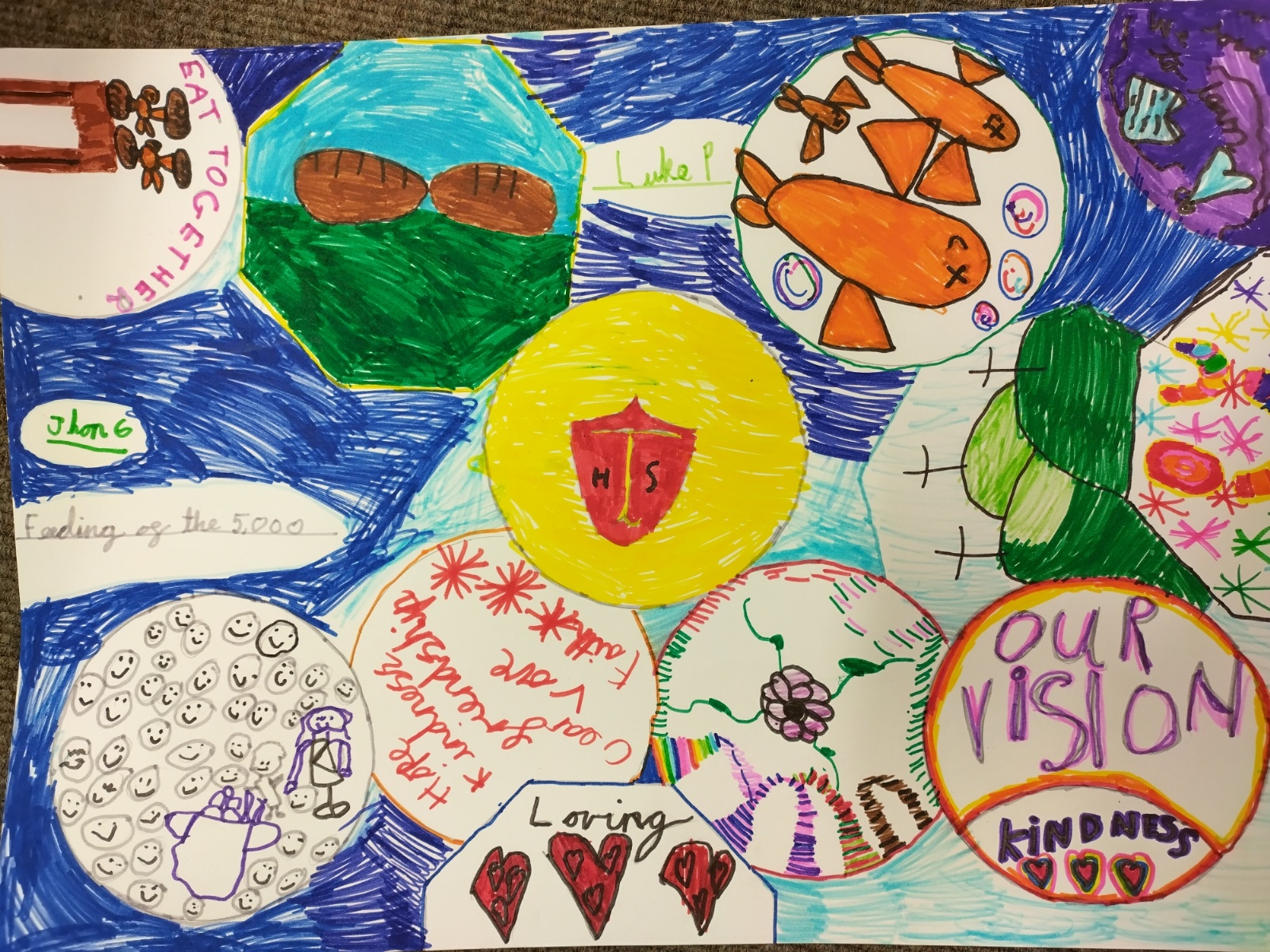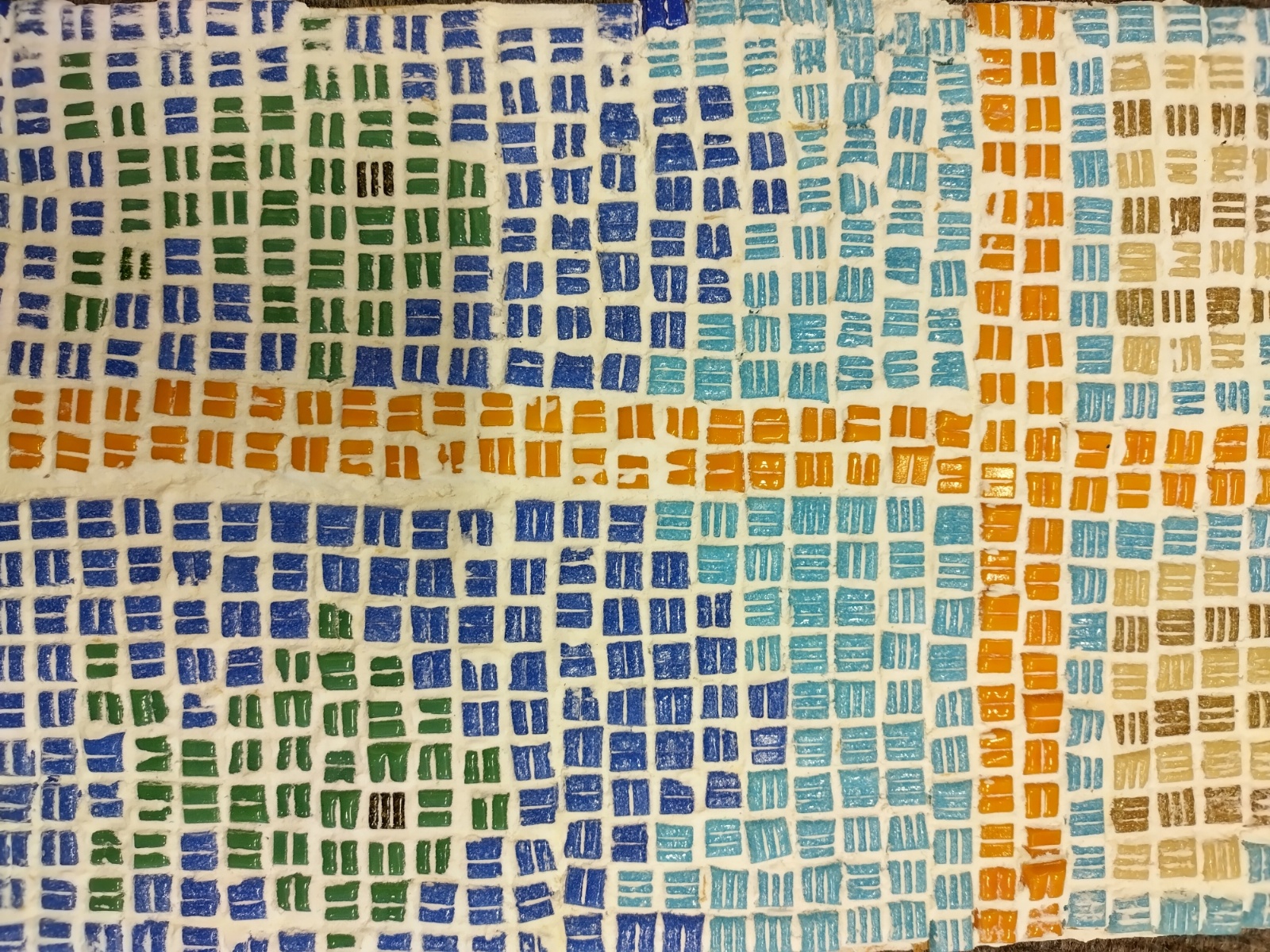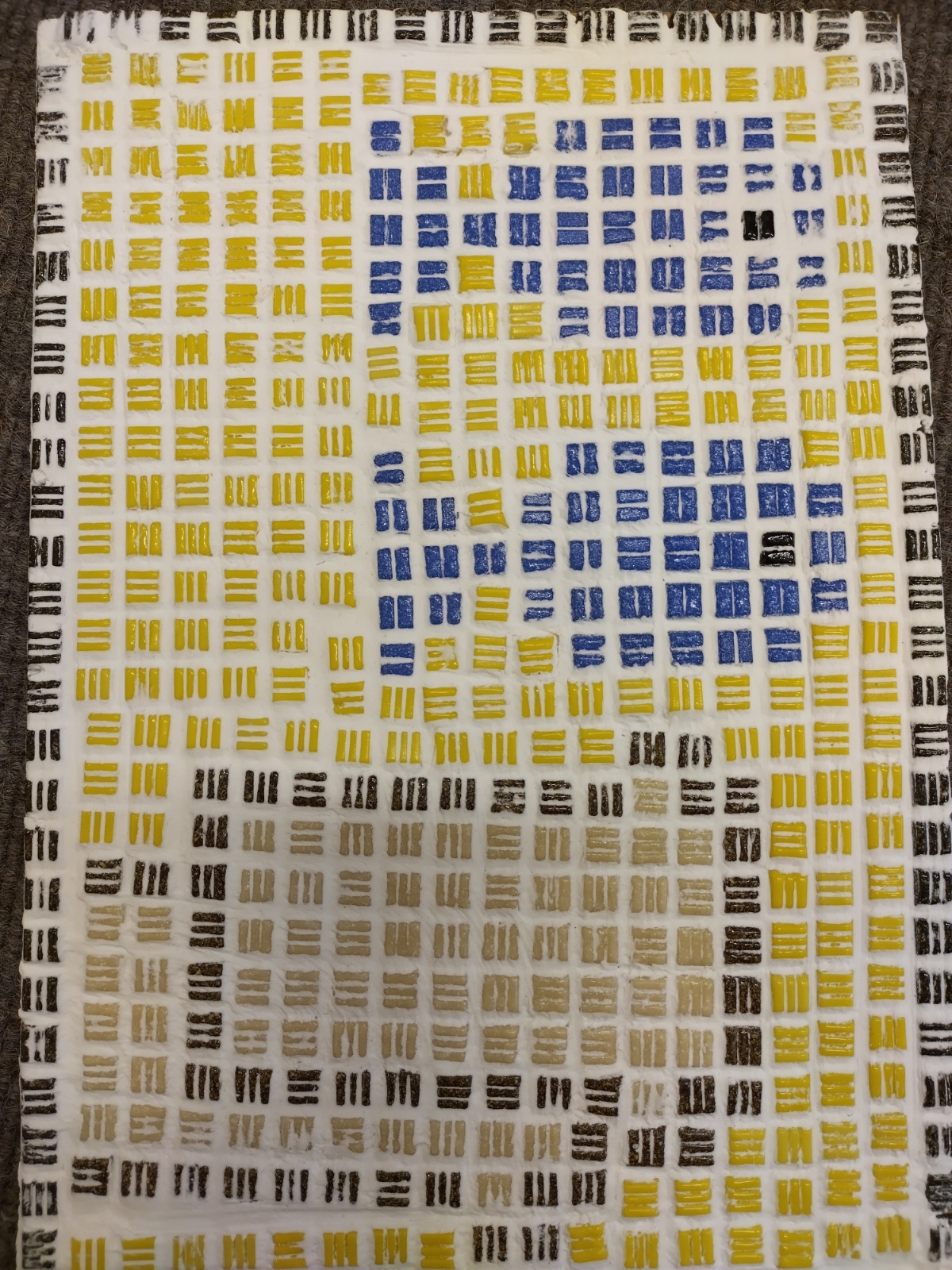School Vision
Every day we gather as a community of learners and leaders, recognising and nurturing each individual and their gifts. Following Jesus’ example, we aspire to be inclusive, compassionate and caring, valuing curiosity and embracing challenge to prepare our children for an ever-changing world. We are guided by our values of Love, Faith and Hope. From our first day, all and one are nourished: spiritually, emotionally, academically and physically.
At Ramsgate Holy Trinity we aim to create a secure, happy and stimulating learning environment anchored in our Christian identity. We believe that our Christian faith plays an important role in teaching our children.
Everything we do is underpinned by our Christian vision. This is reinforced not only in our daily acts of worship, the teaching of Religious Education and the delivery of a broad, diverse, balanced and creative curriculum; they are promoted through the relationships, language, attitudes and expectations in the school.
Examples of how we live out our vision at Holy Trinity.
OPAL
Through play, the children's curiosity about the world around them grows. They learn to embrace challenges whilst being inclusive, compassionate and caring. During OPAL children look out for, support and guide each other to ensure all children can enjoy playtimes together.
Thrive
The Thrive approach promotes understanding of 'big feelings'. With support, children are guided through how to manage these in a way that allows them to gain a better understanding of how they feel and how we react to situations around us.
School Story:
As a school community, we have chosen the story 'Feeding of the 5000' to emulate our school vision.
This story embodies our Christian vision of serving and working together for the good of everyone. It highlights the importance of giving a little, to create something wonderful.
The version we have adopted is John 6:1-14 New International Version
Jesus Feeds the Five Thousand
Some time after this, Jesus crossed to the far shore of the Sea of Galilee (that is, the Sea of Tiberias), 2 and a great crowd of people followed him because they saw the signs he had performed by healing the sick. 3 Then Jesus went up on a mountainside and sat down with his disciples. 4 The Jewish Passover Festival was near. 5 When Jesus looked up and saw a great crowd coming toward him, he said to Philip, “Where shall we buy bread for these people to eat?” 6 He asked this only to test him, for he already had in mind what he was going to do. 7 Philip answered him, “It would take more than half a year’s wages to buy enough bread for each one to have a bite!” 8 Another of his disciples, Andrew, Simon Peter’s brother, spoke up, 9 “Here is a boy with five small barley loaves and two small fish, but how far will they go among so many?” 10 Jesus said, “Have the people sit down.” There was plenty of grass in that place, and they sat down (about five thousand men were there). 11 Jesus then took the loaves, gave thanks, and distributed to those who were seated as much as they wanted. He did the same with the fish. 12 When they had all had enough to eat, he said to his disciples, “Gather the pieces that are left over. Let nothing be wasted.” 13 So they gathered them and filled twelve baskets with the pieces of the five barley loaves left over by those who had eaten. 14 After the people saw the sign Jesus performed, they began to say, “Surely this is the Prophet who is to come into the world.” 15 Jesus, knowing that they intended to come and make him king by force, withdrew again to a mountain by himself.
New International Version (NIV)
Art work produced during our Vision/Story day



